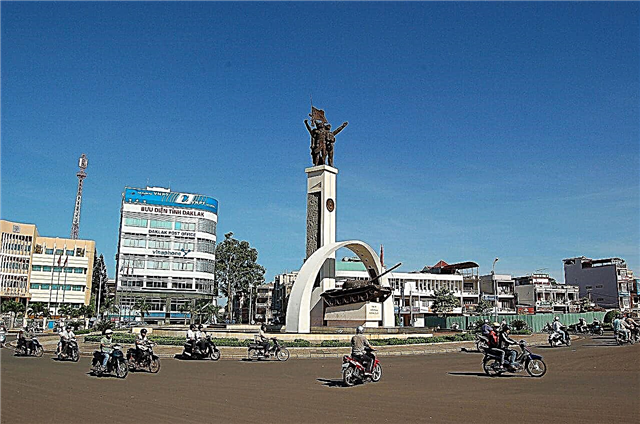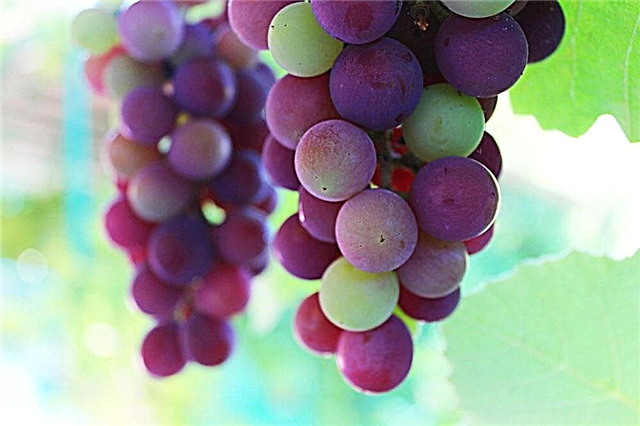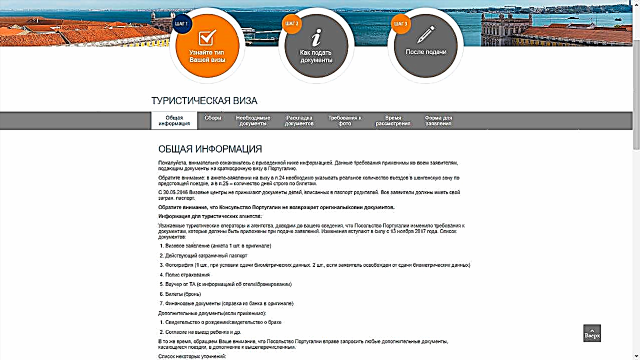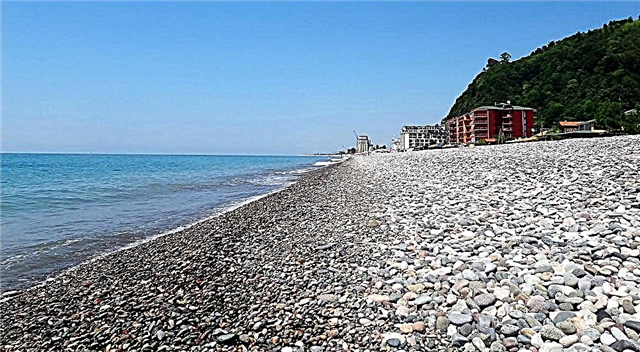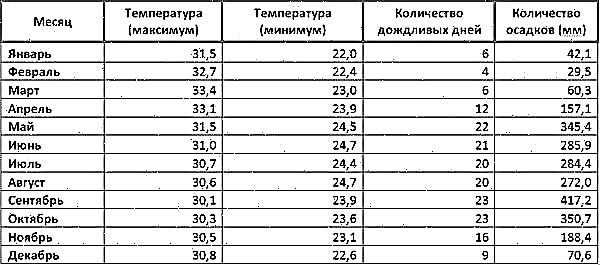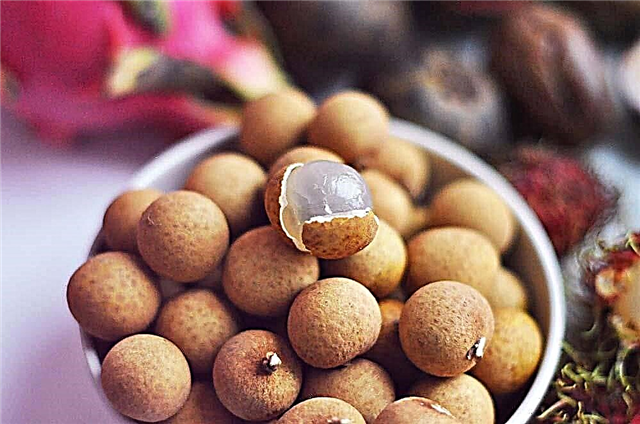If you are planning to go on vacation to Asia, it is important to find out in advance the popular fruits of Thailand and Vietnam. A gastro tour is one of the modern hobbies of foreign tourists who plan to get acquainted with the national flavor and local cuisine. What Thai and Chinese fruits are especially loved by visitors? The range of offers in local markets is huge.
Durian (Trai cam tay)

The exotic fruit of Southeast Asia resembles ripe mango to the touch, but it has an extremely unpleasant, even pungent smell. If you choose the right ripeness, durian tastes like ice cream, butter. Overripe fruits stink strongly, cause disgust.
Trai cam tay contains valuable components that have a positive effect on the cardiovascular, immune and digestive systems. Thanks to organic sulfur in the plant composition, durian has anti-aging properties, removes free radicals and toxins from the body, “conceals” from the face for up to 5 years.
Chempedak

A close relative of durian, but without a specific smell, so it does not spoil the appetite. The melon-like fruit has a firm but viscous orange-colored flesh with large brown seeds. Chempedak is characterized by an unusual taste, not typical for fruit and berries. If you don't know what it is, you might think that a sweet sugar bun is being tasted. The season runs from early May to the second half of August, depending on the region.
Chempedak contains vitamin A, which is beneficial for eyesight, and dietary fiber for normal digestion. The components of the peel prevent the development of cancer cells, and the seeds with a low glycemic index are relevant for losing weight. Chempedak is a "visiting card" of hospitable Thailand.
Mangosteen (Mang cut)

Studying southern fruits with photos and names, some become a real gimmick. These include mangosteen, which tastes like a mixture of strawberries, grapes and peaches. If the fruit is overripe, it resembles a nut. The mangosteen has a dense burgundy rind, the flesh is orange. It is better not to buy small fruits - they have nothing to eat. The season is from June to August.
Mangosteen is a garlic-like fruit. The fruits contain a high concentration of phosphorus and calcium, which is beneficial for the musculoskeletal system. B vitamins have a positive effect on digestion, strengthen the nervous system, and ascorbic acid is responsible for strong immunity.
Papaya (Du du)

Another name is melon tree. Ripe papaya is firm to the touch, rich orange or yellow in color, with delicate flesh and melon flavor. Shelf life in the refrigerator is 7 days. Season - The tree bears fruit in Thailand all year round.
Papaya is good for digestion, normalizes gastric acidity and heals ulcers. Also, the active components of the fruit strengthen blood vessels, improve blood microcirculation, nourish the brain cells. This is a dietary product: 100 g of pulp contains 39 calories.
We fly and we advise other tourists to use the convenient sites for buying last-minute tours: Travelata and Level.Travel. Both options are looking for really good package tours at great prices from any city from 120 major tour operators. Our review of the nuances and advice on how to buy a cheap tour.
Guava (Oi)

Ripe fruits reach 13 cm in diameter. The skin becomes yellow-green, and the small-pitched flesh becomes white or dark pink (depending on the variety). In Thailand's markets, guava is sold all year round, used as a dessert or main dish, added to sauces and seasonings.
It is an ideal oriental fruit for losing weight and diabetics, and is used to treat and prevent iron deficiency anemia, immunodeficiency states, dysentery and food poisoning.
Carambola (Averrhoa carambola)
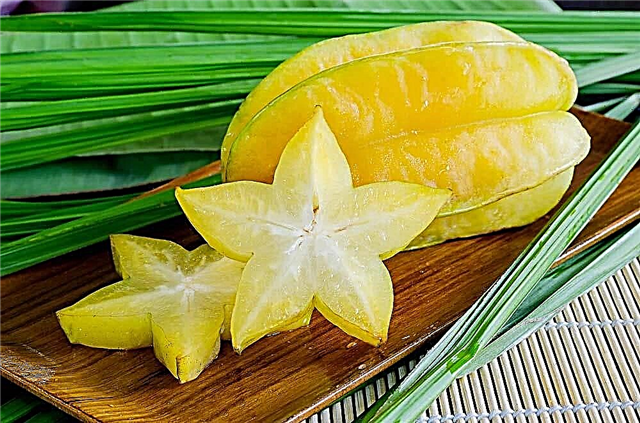
In cut, this Asian fruit resembles a star and becomes an original decoration of the festive table. Tourists eat carambola fruits fresh, local residents canned, pickled, used for making desserts and drinks.
Heart-shaped fruits with yellow flesh normalize blood pressure, relieve migraine attacks, remove toxins and eliminate vomiting. In addition, it is a reliable prevention of influenza and ARVI.
Pitahaya (dragon fruit)

The most popular fruit in China, which locals call "Dragon's Heart", is used to lower blood pressure and sugar, improve brain function and digestion. Outwardly, it is a pink exotic fruit with white or purple flesh, strewn with small seeds. It is recommended to remove the latter before use.
Sapodilla

Vietnamese fruit can be bought all year round. Outwardly, sapodilla resembles a kiwi, only the flesh is white, light yellow or slightly pink. Tourists are attracted by a pleasant taste - a mixture of persimmon and honey. When cleaning the fruit, it is often difficult to remove the dense skin. Sapodilla has anti-inflammatory, regenerating, nourishing properties.
Longan (Thai nhan)

This is a yellow fruit with a large seed, which outwardly resembles a sapodilla, but there are no problems with peeling the fruit. The skin is dense, brown in color. The pulp is white, tender, with a grape flavor and a melon aftertaste.
Longan improves brain activity, strengthens the immune system, helps in the fight against blues, depression and insomnia. In Asian countries, it is used as an antihelminthic agent. Season - all year round.
Thailand travel tips
- Where to eat deliciously in Pattaya
- Thailand hotels by the sea with good service
- Monthly weather
Annona squamosa, (Annona squamosa) or Noina

The second name is sugar apple. Outwardly, it is a pimpled apple with a gray-green peel and creamy pulp when ripe. This overseas fruit has a rich aroma, overly sweet taste with a pine nut aftertaste. The green fruits are dense, bitter and inedible.
It is recommended by oncologists to include noina in the diet when undergoing a course of chemotherapy. Also, the fruit is useful for immunodeficiency states, pathologies of the cardiovascular system.
Passion fruit (Granadilla, Chanh day)

Ripe fruits are heavy and wrinkled. Passion fruit has a dense red skin and yellow flesh with seeds and a pronounced lemon scent. This unusual fruit tastes like sea buckthorn, currant and gooseberry.
Passion fruit is used to make drinks and desserts, and the zest is added to smoothies. The juice of the fruit can quench your thirst, and the pulp can lower the temperature and improve intestinal motility.
Citron (Hand of Buddha, Phat thu)
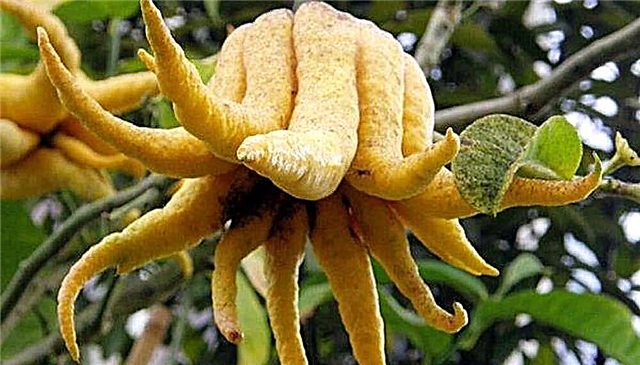
It is a natural antiseptic and a proven antiviral agent. Outwardly, citron resembles a palm with fingers, to taste - lemon. Fresh fruit is used extremely rarely, it is used to make jams, desserts, confectionery fillings, medicines. Contains a high concentration of vitamins A, C, E.
Pomelo (Trai buoi)

This yellow exotic fruit is a close relative of grapefruit, but contains less bitterness and astringency. Ripe fruit is identified by the hardness of the rind and aroma. The softer the skin and the more pronounced the smell, the more chances you will enjoy a light orange flavor with pleasant bitterness. In addition to the elegant taste, this is the prevention of influenza and SARS, a lower risk of developing cancerous tumors.
Kaimito ("Star Apple", kaimito)

In the list of Vietnam fruits with photos and names, the most common is kaimito. The star apple can be bought all year round. Outwardly, it is a dense apple of the Simirenko variety, it feels like a ripe persimmon, and it tastes like a sweetish plum.
This Asian fruit is good for the cardiovascular system. In addition to removing atherosclerotic plaques and lowering cholesterol, it strengthens the walls of blood vessels, increases their permeability.
Lychee (liji, "Chinese plum", lychee)

This tropical cactus-like fruit has a dense red skin and a white heart. It tastes like grapes, leaves a slight aftertaste. Lychee tones the body and quenches thirst, but, most importantly, is an inexhaustible source of vitamins B, C. Season - from May to July. White fruit is transported in plastic bags or canned.
Herring and crayfish ("snake fruit", fats and cancers)

Both fruits have the same characteristics, but differ slightly in skin color. Fruit with thorns has a sour-sweet taste, reminiscent of a mixture of strawberries and kiwi. In terms of usefulness, these are hemostatic, cleansing and antidiarrheal agents, effective in combating toxins and toxins.
Chompoo (Trai man, Chompoo)

It is a pear-like fruit that is essentially a "rose apple". The skin is thin and tender; the fruit is not intended for long-term storage. The flesh is crispy and tastes like kiwi. There is no better product to quench your thirst, it has tonic and tonic properties.
Tamarind (Indian date, Trai me)
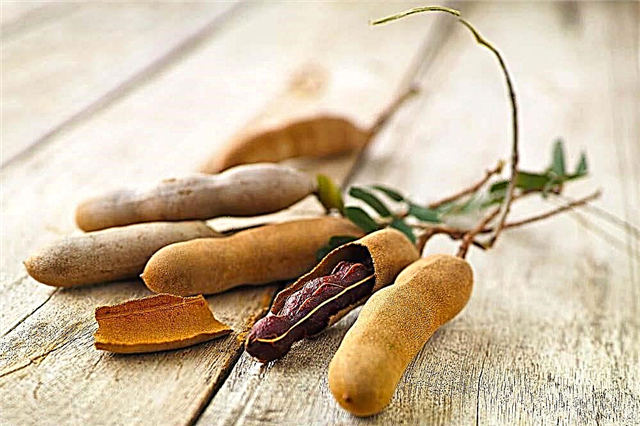
It is a mixture of dates and churchkhela to taste in a dense, rich brown skin. If the fruit is shriveled, it means overripe, and it is not recommended to eat it. Tamarind is more for an amateur, but is added to food to improve appetite. It is used to combat alcoholism, has antipyretic and laxative effects, strengthens local immunity.
Langsat (loncon, Lansium parasiticum)

The green exotic fruit belongs to the "wild" category. Outwardly resembles a lemon, but smaller in size; to taste - delicate, with a slight sourness. Before using it, it is important to remove the bone, which is very bitter. In Asian countries, langsat juice is used as a local antiseptic, anti-inflammatory agent.
Useful tips for Vietnam
- Resorts with clear sea in Vietnam
- Delicious places of Nha Trang with local cuisine
- Hotels in Nha Trang near the sea and view
Jackfruit

Green fruit with thorns and firm skin. With the outward menacingness of the fruit, the pulp of the jackfruit is sweet and yellow, and tastes like Duchess pears. The season is from January to August depending on the region. Tourists consume the fruit raw and boiled, and locals add desserts to ice cream. It is considered the largest fruit on earth.
In terms of usefulness, it is a rich source of vitamin C and reliable protection for the immune system. The pulp is low in calories, high in potassium, calcium, magnesium and vitamin A. Due to its laxative properties, jackfruit helps even with chronic diarrhea.
Rambutan

The most original in the list of exotic fruits, as it has an increased hairy skin. The season is from April to October. Skin - deep red, hairy; the pulp is white, transparent, sweet.
Raw seeds are poisonous. Rambutan is more often canned with sugar, less often consumed raw. The fruits are used for the prevention of oncological processes, for cleansing the kidneys and blood, cell renewal and as an antihelminthic agent.
Aki (Ackee)

Unlike all types of fruits, aki bursts when ripe, and the pulp comes out. Only in this case is the fruit allowed to be eaten. Outwardly, aki resembles a red pear, and tastes like a vanilla dessert. Unripe fruits are toxic, inedible, and harmful to health.
Attention is drawn to the high content of vitamin B, useful for the musculoskeletal and nervous systems. It also activates mental and physical activity, participates in cell renewal, strengthens the immune system and bones.
Mamey (sapota, Mamey)

A blue fruit with an orange core and a large bone. It tastes like apricot and blooms all year round. When losing weight, mama becomes part of the daily diet, helps to control weight, treats chronic constipation, and strengthens local immunity. In addition, it provides youthfulness to the skin and cell renewal. The season is June - August depending on the region.

Well, the list of tropical fruits of Asia is completed by a delicious green apple, the black seeds of which are considered poisonous. The main advantages are the weight of fruits up to 7 kg each. The peel is dense, green in color, with thorns and thorns. The pulp is tender and tastes like a refreshing lemonade. Of the useful properties: the fight against viruses and intestinal infections, the improvement of liver function, the treatment of disorders of the nervous system.
Now, knowing what exotic fruits are, all that remains is to organize an unforgettable gastronomic tour in Thailand or Vietnam. Such a journey will not be forgotten either, especially if earlier some fruits remained a mystery, but now there is an even idea of what it is.



